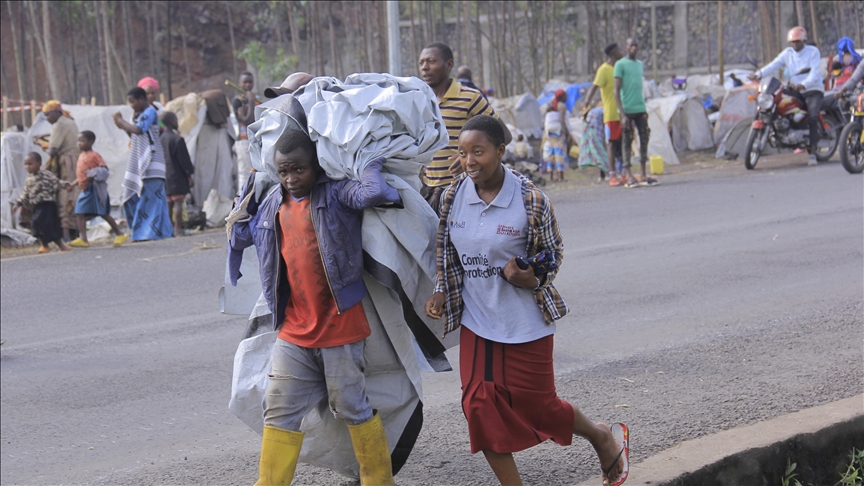Rwanda has criticised Human Rights Watch over a report that used satellite data to show how a military graveyard had seemingly expanded during months of conflict in the neighbouring DR Congo.

The mineral-rich region has been plagued by conflict for more than 30 years, with all parties accused of human rights violations.
Rwanda has never admitted to backing the M23, though its support has been widely documented by United Nations experts and rights groups.
Analysing satellite imagery from Airbus and Google Earth, Human Rights Watch said Thursday that as many as 460 graves had been added to the Kanombe military cemetery in the capital Kigali between December 15 and July 3.
Images posted on X by HRW show changes to the burial site since early 2022, with land cleared, roads built and the addition of 1,171 new graves.
That is despite Kigali putting the toll for its soldiers during the latest clashes at less than 10.
HRW estimates that between 2017 and mid-2021, there were roughly 1.7 new graves each week in the cemetery, increasing to six new graves per week from early 2022.
This peaked between mid-December 2024 and April 2025 when HRW said there were 22 new graves each week.
The report was condemned by Rwandan government spokesperson Yolande Makolo, who on X labelled HRW “disingenuous” and “desperate for attention”.
“In what way would stalking Rwandan cemeteries like this even conceivably be a ‘human rights’ issue?” she said.
British newspaper The Guardian was the first to report the increase in February.






